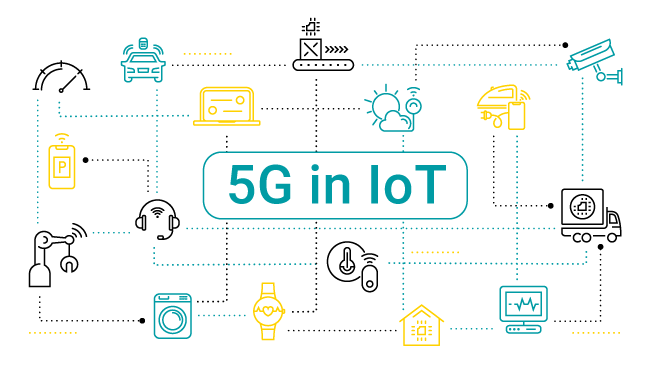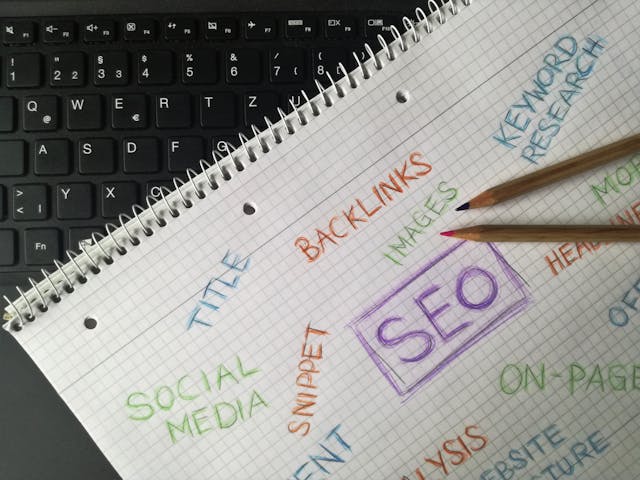Write Us: hello@ali5.org
Why Tech Burnout Is Real, And How to Disconnect Without Falling Behind
Tech burnout is on the rise in 2025. Learn how to disconnect without losing productivity, protect your mental health, and create healthier boundaries with your digital life.

Let’s not sugarcoat it: tech burnout is real. And it’s not just affecting programmers and IT professionals anymore; it’s creeping into the lives of anyone who’s constantly plugged in. Emails never stop. Notifications pile up. Slack pings become background noise. And somewhere along the way, the line between working and living disappears.
You probably know the feeling. You close your laptop after a 10-hour day, only to check your phone and see five new emails. You tell yourself you’ll rest after this sprint, this deadline, this week, but it never really ends.
So let’s talk about it. Why tech burnout is hitting so many of us hard, and how to disconnect without sacrificing your career, creativity, or momentum.
First, What Exactly Is Tech Burnout?
Burnout isn’t just “being tired.” It’s a state of emotional, physical, and mental exhaustion caused by prolonged stress. And in tech-heavy environments, that stress often comes from:
-
Unrealistic deadlines
-
Always-on expectations
-
Poor boundaries between work and life
-
Constant screen exposure
-
A never-ending stream of updates, tasks, and distractions
When you’re in it, burnout feels like brain fog, irritability, lack of motivation, insomnia, and a general sense of being done. You might still show up, but the spark is gone.
Why the Tech Industry Is Especially Prone to Burnout
Tech workers, developers, designers, marketers, and remote workers are expected to be available, efficient, and responsive 24/7. That pressure adds up.
Here’s what makes tech burnout particularly brutal:
1. No Off Switch
When your work happens on the same devices you use for entertainment, rest, and communication, stepping away becomes almost impossible. Work messages blend into personal chats. Late-night scrolls turn into accidental email replies. Your brain never gets to fully log off.
2. Rapid Pace, Constant Change
Tech moves fast. Really fast. New tools, updates, trends, frameworks. There’s a constant fear of falling behind. Even taking a week off can feel risky, like you’ll miss something important or become obsolete overnight.
3. Remote Work Isn’t Always Restful
Remote work has its perks, but without boundaries, it blurs the lines even further. Home becomes the office. Lunch breaks turn into Zoom calls. People start working more hours, not fewer.
The High Cost of Ignoring Burnout
Let’s get this straight: burnout isn’t a badge of honor. It doesn’t mean you’re working harder or doing better, it means your system is failing.
Unchecked burnout leads to:
-
Decreased productivity and creativity
-
More mistakes and missed deadlines
-
Emotional detachment or apathy
-
Long-term health issues (think insomnia, anxiety, heart problems)
-
Higher turnover and job dissatisfaction
So if you think powering through is the answer, think again. You’re not helping anyone by burning yourself to the ground.
How to Disconnect Without Falling Behind
Okay, so you know burnout is a problem. But the question is: how do you actually disconnect, especially in an industry that rewards constant availability?
Here’s how to step back strategically.
1. Set Hard Boundaries (and Stick to Them)
This isn’t just about turning off your laptop at 6 PM. It’s about creating non-negotiable zones for rest.
-
Define work hours, and communicate them clearly to your team or clients
-
Turn off work notifications after hours, seriously
-
Use apps like Focus Mode, Do Not Disturb, or Freedom to block distractions
-
Set expectations around email and response time
If you’re a freelancer or self-employed, this is even more critical. You need to protect your energy like your income depends on it, because it does.
2. Stop Equating Productivity With Worth
One of the deepest roots of burnout is the belief that we need to be constantly producing to prove our value.
Let’s be clear: you are not your output. Slowing down doesn’t mean you’re failing; it means you’re recalibrating. And often, more rest = better work.
Break the cycle of measuring your worth in tasks checked off. Focus on outcomes, not just effort.
3. Plan for Downtime Like You Plan for Work
You wouldn’t cancel a client meeting or a product launch, right? Treat your rest the same way.
-
Schedule “non-work” days on your calendar
-
Block out time for breaks during the day (and actually take them)
-
Plan tech-free hours or full weekends every week
-
Use your vacation days. That’s what they’re for.
Rest isn’t lazy. It’s part of a high-functioning, sustainable work routine.
4. Invest in Your Physical and Mental Health
Burnout isn’t just a mental issue; it takes a toll on your body. Fight back with the basics:
-
Move your body every day, even if it’s just a walk
-
Stay hydrated and eat real food
-
Get 7–8 hours of actual sleep
-
Meditate, journal, or just breathe for 10 minutes a day
These aren’t wellness clichés. They’re non-negotiables if you want to avoid crashing.
5. Unfollow, Unplug, Unsubscribe
Not every tech burnout comes from work. Social media, notifications, group chats, it’s a constant stream of noise.
Do a digital detox:
-
Unfollow accounts that make you feel less-than or overwhelmed
-
Turn off unnecessary notifications
-
Take breaks from social media
-
Clean your inbox and unsubscribe from junk
You don’t have to consume everything. Create space to think, breathe, and just be.
6. Know That You Can Step Away Without Losing Ground
Here’s the fear most people won’t say out loud: “If I slow down, I’ll fall behind. Someone else will take my place.”
But here’s the truth: the people who don’t take breaks are the ones who eventually collapse. Sustainable success isn’t about sprinting, it’s about pacing.
You don’t fall behind by protecting your energy. You stay in the game longer.
Final Thoughts: Burnout Isn’t a Personal Failure
If you’re experiencing tech burnout, it’s not because you’re weak. It’s because you’re human in a system that rewards overwork and undervalues recovery.
The solution isn’t to push harder, it’s to step back, reassess, and build a healthier rhythm. Disconnecting doesn’t mean you’re giving up. It means you’re choosing to protect your energy so you can keep doing meaningful work without destroying yourself in the process.
Your brain wasn’t built to be online 24/7. Give it the rest it deserves.







